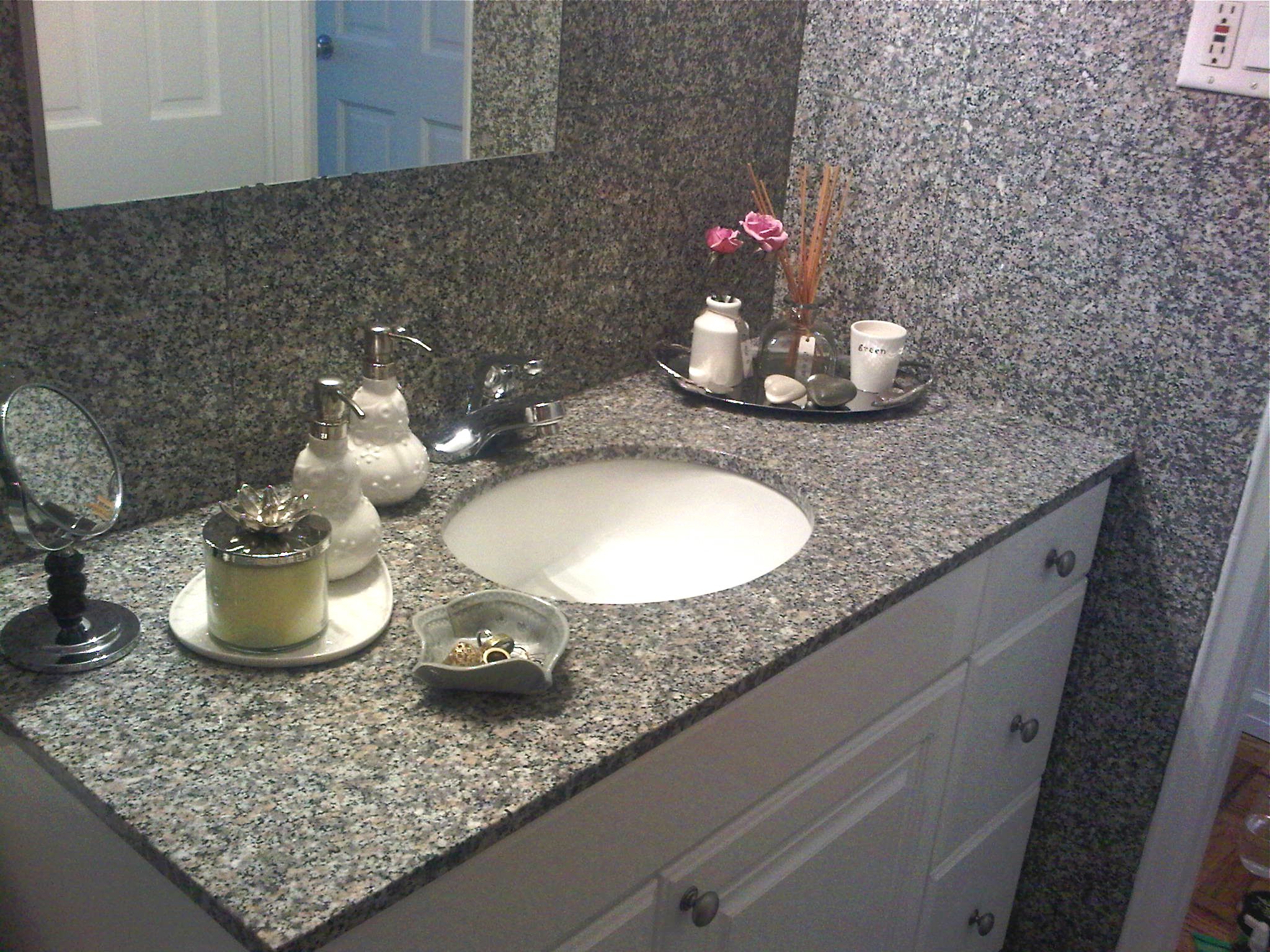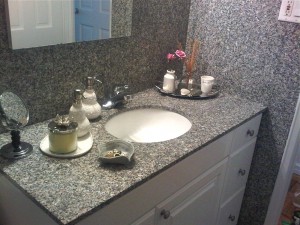
 Have you looked in your bathroom cabinets lately? I mean, really looked?
Have you looked in your bathroom cabinets lately? I mean, really looked?
Most likely you’ve got toxins in there you haven’t even thought about. We’ve got enough potentially harmful chemicals surrounding us in the everyday world-we don’t need more stewing away in our homes. To clean up your bathroom cabinet, try the following tips.
Air fresheners: If you’ve got any of these lurking around, toss them out. Most contain toxic chemicals that further pollute the air you breathe. According to a 2007 survey, most contain hormone-disrupting phthalates and can react with indoor air to produce even more dangerous toxins like benzene derivatives and aldehydes. Instead, try a Vita Air purifier, which removes 99 percent of airborn particles and removes odors with a filter.
Fragrances: Have these in your personal care products? Unless they come from natural sources like essential oils, they’re made up of a mixture of unknown chemicals. Choose fragrance-free instead.
Toothpastes: What kind are you using? Do they contain sulfates? Most regular brands do. This is a harsh chemical that’s been linked with encouraging the formation of mouth sores. Choose more natural brands that don’t contain this ingredient, like those made by Vita Care.
Antibacterial soap: Trying to cut down on germs? If you’re using a triclosan-containing antibacterial hand soap, you could be risking exposure to dioxins, and contributing to the rise of super bugs that are resistant to antibacterials. The FDA says good old soap and water is just as effective.
Soap: What kind do you have? Regular soap is not only drying, it may contain harsh sulfates, synthetic fragrances, triclosan, and lye, which can cause skin irritation and burns. Look for safe and more hydrating liquid hand and body washes.
Personal care products: How many do you have? Remember that the more products you use, the more toxins you’re exposed to. Throw out old products you’re not using anymore, and try to streamline those you are. Then read the labels and make sure all of your products contain none of these Ingredients to Avoid. Don’t forget to check your shaving creams, aftershaves, and makeup as well.
Cleaners: Those items stuffed in your bathroom cabinets that you use to keep the bathroom clean can be some of the most toxic products of all. Studies have found that women exposed to toxic household cleaners have a higher risk of cancer. Read my post, and choose more natural cleaners to get rid of bacteria and germs, such as those listed here.
Reduce mold naturally: Mold can be extremely toxic, enough to make you very sick. So you want to get rid of it, but you don’t want to use toxic cleaners to do so. Instead, try natural cleaners that include natural mold fighters such as tea tree oil, vinegar, grapefruit seed extract, or hydrogen peroxide.
Shower curtain: It’s not in your cabinet, but it’s worth mentioning. Vinyl ones can release toxic volatile organic compounds (VOCs) for months after installation. Try those made with organic cotton, hemp, bamboo, and silk.
Flush with the lid down: Experts say that putting the lid down when you flush is a great way to prevent disease. If you leave the lid up, fecal bacteria, particularly diarrhea-causing bacteria, can spread. For example, researchers from the U.K. detected a germ that causes diarrhea and even life-threatening inflammation of the colon nearly 10 inches above the toilet seat after flushing lidless hospital toilets.
Keep clean pipes: If your water is not draining quickly down the drain, you could have a building problem. Water that doesn’t drain stands, creating a moist environment that can harbor mold. To unstop clogged drains, use a chemical-free drainer or call a plumber.
Have you detoxified your bathroom cabinet? What tips do you have?

